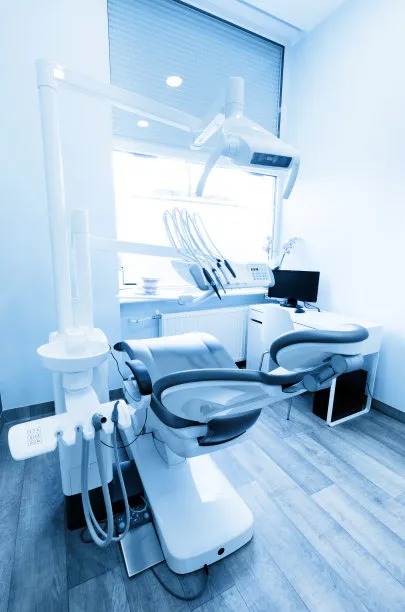Essential Tips and Precautions to Follow Before and After Your Dental Filling Appointment for Optimal Oral Health
Summary: Dental fillings are a common procedure that requires preparation and follow-up care to ensure optimal oral health. In this article, we discuss essential tips and precautions to take before and after your dental filling appointment. This includes the importance of communicating with your dentist, understanding the filling materials, adhering to post-procedure care instructions, and scheduling follow-up visits to monitor your dental health. By following these guidelines, you can minimize discomfort, enhance recovery, and maintain a healthy mouth.
1. Communicate with Your Dentist Effectively

Effective communication with your dentist is crucial for a successful filling appointment. Before the procedure, inform your dentist about any allergies, existing medical conditions, or medications you might be taking. This information allows them to tailor the treatment to your specific needs, minimizing potential risks. Asking questions about the procedure and the materials used can also provide peace of mind.
Discussing your dental history openly can assist your dentist in making informed decisions regarding your filling. If you have had prior fillings or treatments, sharing this information helps them anticipate your dental care requirements better and adjust their approach accordingly.
Furthermore, expressing any concerns or fears about the procedure can lead to personalized solutions, such as sedation options, that can help alleviate anxiety. Your dentist is there to support you, so open dialogue can foster a more comfortable treatment experience.
2. Understanding Filling Materials Available
Different types of materials are used for dental fillings, each with its pros and cons. Understanding these options equips you to make informed decisions in collaboration with your dentist. Common materials include amalgam, composite resin, and gold. Amalgam fillings are durable and cost-effective, making them a popular choice for back teeth. However, they are metallic in appearance and may not be suitable for visible areas.
Composite resin fillings, on the other hand, are tooth-colored and blend seamlessly into your smile, which may be appealing to those concerned about aesthetics. However, they may not be as long-lasting as amalgam fillings, especially in larger cavities. Gold fillings are also an option, known for their durability, but they come at a higher cost and visible appearance.
Discussing these materials with your dentist can help you understand the durability, cost, and visual impact of each option, aiding you in your decision-making process. This knowledge not only helps you choose wisely but also prepares you better for the post-filling care tailored to the material used.
3. Follow Pre-Appointment Instructions Closely
Before your filling appointment, its essential to adhere to any pre-appointment instructions provided by your dentist. This could include dietary recommendations such as avoiding certain foods or beverages, especially if you are going to receive anesthesia. A light meal before the appointment may be beneficial, particularly if the procedure is extensive.
Taking care of your oral hygiene by brushing and flossing before the appointment is crucial. This practice ensures your mouth is clean, reducing the risk of infection during the procedure. If you have specific concerns about your teeth, such as sharp pain or abnormal sensitivity, expressing these issues with your dentist is a good practice to preemptively address potential complications.
Additionally, arrange for transportation if you plan to receive sedation during the procedure. Its essential to have someone to help you get home safely, as the effects of anesthesia can linger after the appointment, leaving you unable to drive or operate machinery.
4. Implement Post-Procedure Care Recommendations
After receiving a filling, its vital to follow your dentists post-procedure care instructions to promote healing and longevity of the filling. Generally, it is recommended to avoid chewing on the filled side for at least 24 hours, especially if you received local anesthesia, as you may not feel the normal sensations of biting or hot/cold foods.
Monitoring your mouth post-procedure is also essential. If you experience prolonged pain, discomfort, or sensitivity that worsens over time, reach out to your dentist for a follow-up. They can assess whether any adjustments are necessary for your new filling.
Maintaining regular dental hygiene by brushing and flossing daily can help prolong the life of your fillings. Additionally, scheduling regular dental check-ups allows your dentist to monitor the condition of your fillings and overall oral health, enabling timely interventions when needed.
Summary: Preparing for a dental filling involves effective communication, understanding materials, following pre-appointment instructions, and implementing post-procedure care. By prioritizing these elements, you can achieve a successful filling experience that significantly contributes to your overall oral health. Adhering to these tips not only minimizes discomfort and anxiety but also ensures the longevity of your dental fillings.
This article is compiled by Vickong Dental and the content is for reference only.



